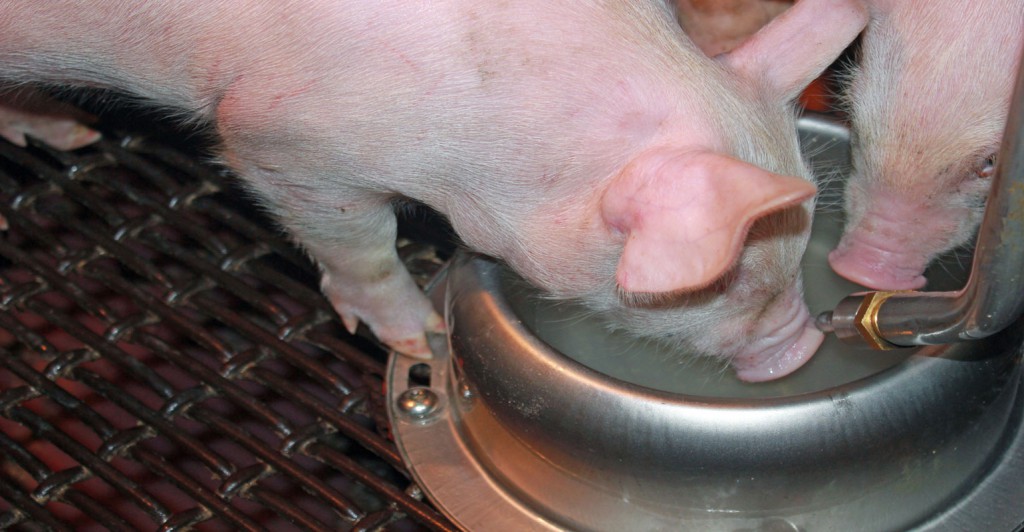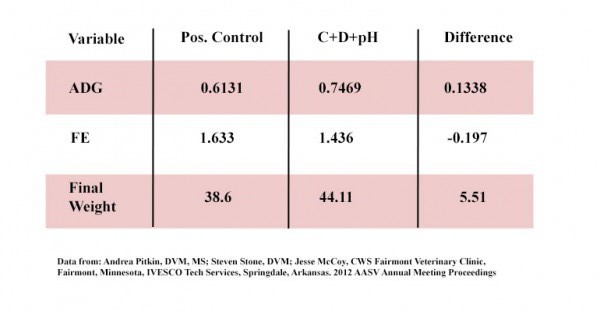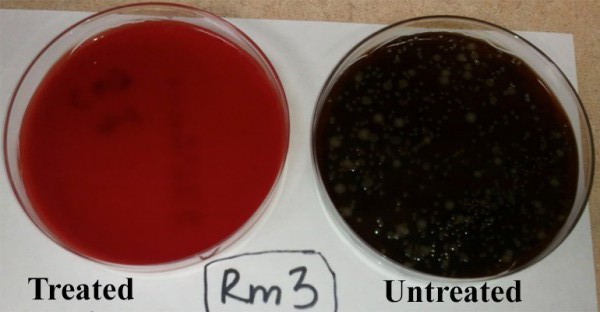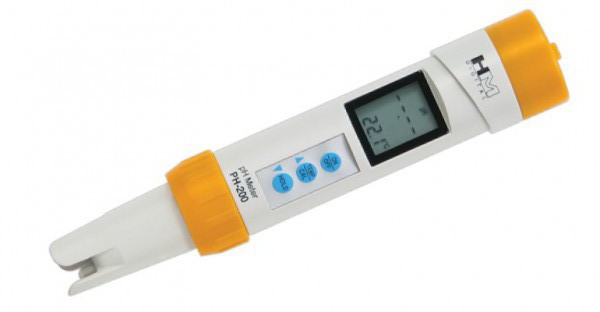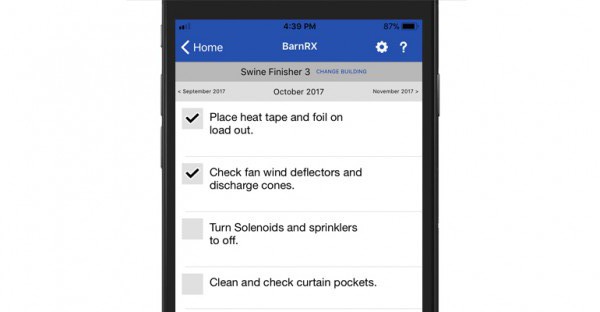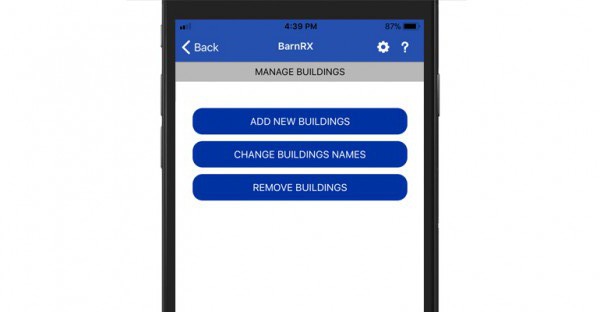Providing your flock with proper nesting boxes ensures they have a comfortable, secure place to lay their eggs. Without nests, the hens will seek locations on their own, making egg collection more difficult.

Allow one nest box per 4 - 5 hens. It is not necessary or even desirable to provide additional nest boxes. Besides the initial cost, extra nests require more bedding material, encourage chickens to roost in the empty slots, and take more time to clean. Install the nests at least 18" to 20" above the floor preferably on a wall away from the roosting area. Because chickens like to roost in the highest part of the house, do not place the nests higher that the roosting perches. If possible try not to place the nests above feed and water to prevent contamination from nesting material and droppings.

The nests should be designed with 45° sloped roof to prevent the hens from roosting on top. 
Provide a perch just below the opening for the birds to land on before entering. Nests with foldable perches allow the nest to be shut off at night to prevent roosting. Simply fold them up at night to restrict access and in the morning lower the perches for the chickens to use.

Nests will become dirty from broken eggs, bedding material or droppings and will need occasional cleaning. Choosing nests constructed from metal or plastic with removable bottoms makes the job much easier.

Flock owners can also replace straw or wood chip bedding with plastic nesting pads that are simple to pull out for cleaning. To see all the Farmstead nests go to Farmstead Nest












 Україна
Україна Méjico
Méjico